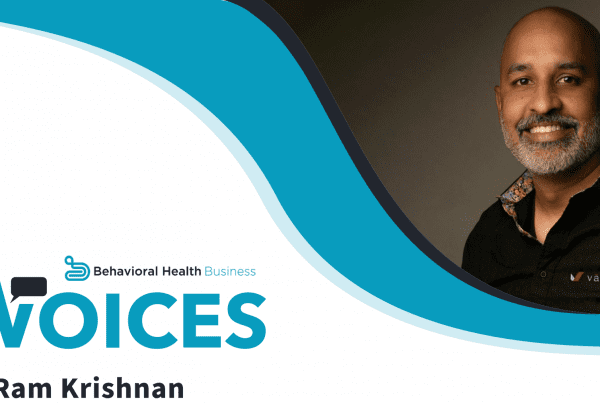Three aspects of a successful transition
The benefits of an EHR solution in the private practice setting have been well proven for some time now, yet for practices with a long history of running on paper records, the process of switching might seem arduous. Making a transition from paper to EHR smoothly is a matter of knowing what to expect and executing on three key milestones.
1. Handling existing records
The work involved in transferring existing patient data from paper to EHR depends on the practice’s caseload and how far back it wants to look. Getting completely away from paper should be the goal for any practice willing to adopt an EHR solution, so practices that wish to retain data from paper records will need to scan them and upload them into the incoming EHR system.
Patient demographic data from those records will be created in the new system—usually through some kind of template or import tool, depending on the vendor. Once the account goes live, the practice will have access to all of its old records in electronic format, and any future documentation will be captured in a way that optimizes EHR functionality and continuity of care.
2. Understanding what the new EHR needs to do
Practices need to examine their existing workflows; what processes are involved, and what does the potential EHR solution need to handle? Consider what is required from the moment a patient contacts the practice to the time the practice gets paid, and note that this can even include external processes, such as billing. Walking through the steps will give practice managers an idea of what features they will need from an EHR solution.
In general, the more comprehensive a practice’s workflows are, the more robust a solution will need to be. Practices that are on a tight budget sometimes feel more comfortable driving certain processes manually if it means they can operate with a lighter solution, but don’t be fooled; it is usually more costly in terms of human resources, time, or billing rejections over the long run.
3. Asking a ton of questions during the implementation process
A good vendor will assign an implementation manager to oversee the transition from paper to EHR. Think of this individual as a personal tour guide while the practice gets set up with the product—he/she is there to walk through the features, but also to answer questions and help provide useful information to the practice.
The better the implementation manager understands workflow requirements, the better the overall outcome will be. Ask a lot of questions to give him/her a clear understanding of the practice’s needs. This is a good opportunity to optimize the relationship between the practice’s workflows and the incoming EHR solution. How well the practice can understand the dynamics will determine how well the EHR will ultimately serve the practice.
Understanding some of the key steps involved will prepare practices for their transition from paper to EHR. While it is true there is work involved in the process, the sooner a practice can get up and running with a quality EHR system, the sooner it can enjoy all the included benefits. In the end, practices that come from paper can count on significant returns for years to come.
Do you have any questions about making the switch from paper to EHR? Valant has answers! Click the button below to learn more.





